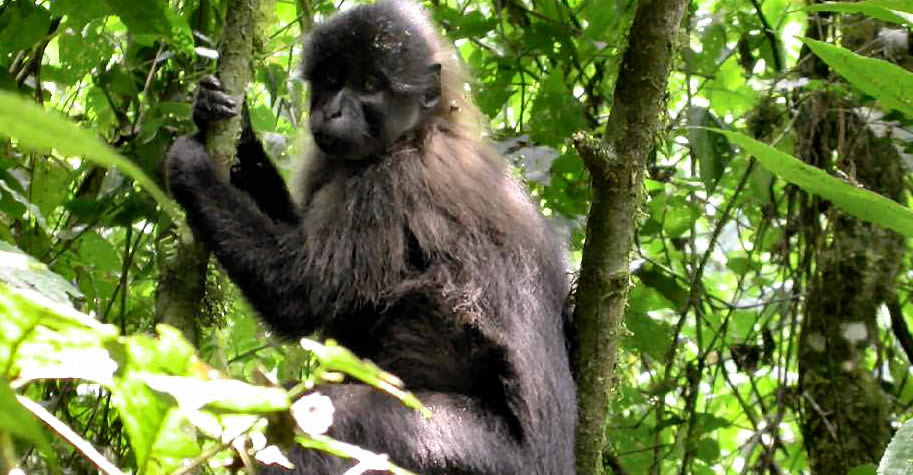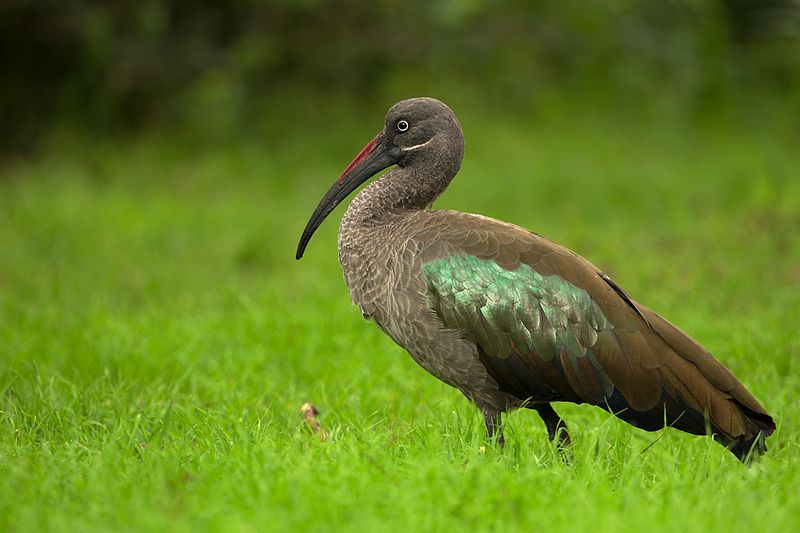
Grey-cheeked Mangabeys – Primate safaris
The primate spends most of its time in tree branches and rarely goes on the ground. The Grey-cheeked Mangabeys have long limbs and ruffled tail that is longer than its body and a distinctive mantle of long, lighter-colored hair over its neck and shoulders. They also have thick brown fur appears almost black in its forest home while males are slightly larger than their female counterparts. In Africa, Grey- checked mangabeys are found in forests of central Africa, Cameroon
They move and live in groups known as troops of between 10 and 40 individuals which are commanded or led by one or several males. Like gorillas, when younger males reach maturity, they leave their troop and join another, while females stay with their natal group throughout their life.
They are all expert jumpers, but the Grey-cheeked Mangabey’s tail is strong enough to help it hook on to branches are they leap through the forest. It is not easy to find the grey- cheeked mangabeys falling down accidentally but can jump down freely.
Mangabey eats a variety of fruit, seeds, nuts as well as buds, shoots, leaves and flowers. They also eat Invertebrates like ant larvae, caterpillars among others.
The species is widely spread and mostly loved by tourists. Due to many primate species, visitors with out a ranger guide finds difficulty to identify a grey- cheeked mangabey. For tourists who need to enjoy their trip, are advised to move with knowledgeable guides who can answer all the questions with the aim of making the trip informative and enjoyable.
Adult male Mangabeys produce a distinctive ‘Whoop-Gobble’ sound to make their presence known, a call that can be heard up to a kilometer away. There are nine species of Mangabey in all and each troop has its own home range in an effort to avoid confrontations.
Their territories cover several square miles of forest, and can both overlap with other troops and shift over time. Three subspecies of the mangabeys were previously recognized. In 2007, Colin Groves elevated them all to species level, splitting one into two species.



